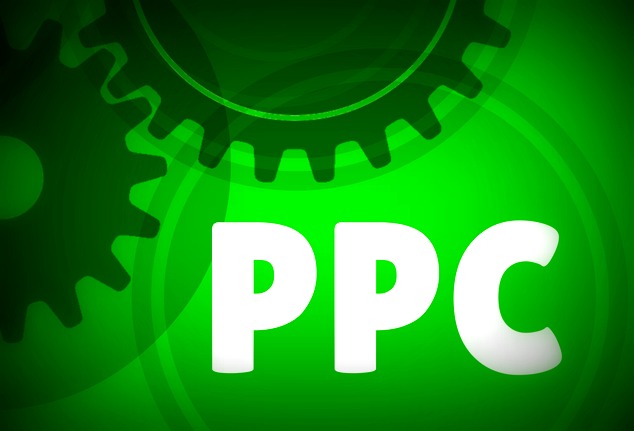
February 28, 2014: Kevin Lee lays out the many reasons that even today — when it’s obvious that search engines are essential vehicles for delivering qualified, profitable traffic to marketers, search clicks still aren’t getting their fair due. He writes:
As marketers move toward attribution and marketing mix models, the new conventional wisdom is that paid and organic search clicks have been overvalued (given too much credit) for moving the marketing needle and delivering results.
The truth is that much of the value of search marketing – and search clicks – isn’t acknowledged at all by most marketers. And that’s more than a shame: it’s actually a prescription for budget misallocation.
Search Auctions are elastic
Any online marketer that uses measured online success metrics or key performance indicators (KPIs) much will understand the ramifications of re-allocating touch point value in an ecosystem where many of those clicks are purchased in a highly elastic auction environment. Here, small downward changes in bid price can result in a huge positional change and concomitant drop in traffic.
Conversely, some keyword listings are also elastic for small upward changes in bid price, meaning a small upward bid increase results in a positional change (on average). A positional change can mean a surge in volume of clicks in some cases.
Other keyword listings are highly inelastic, meaning a large bid price change is required to deliver positional and click volume changes. It’s important that you know (or at least have a sense of) these upward and downward elasticity of segments within your search campaign.
If you can prove that a significant portion of the value of search clicks is actually being missed in your return on investment (ROI) calculations, then you can justify bid increases. Unfortunately, current attribution models generally result in recommendations to reduce bids, which can result in catastrophic positional changes. Data on why bids should be raised combats the impact of “attribution bid leakage,” where attribution is moved from last click to earlier clicks and impressions.
Here are six ways marketers undervalue search:
1) SERP influence. Listings on the SERP have influence, irrespective of whether a click on the listing occurs. Studies sponsored by the engines (and validated by marketers) have proven time after time that simply appearing in the SERP for a keyword increases brand awareness for that brand and associates the brand with that keyword (if it’s a generic one).
This is important, because, of course, marketing is all about influence. Any positive influence brought about by a marketing touch point should be evaluated and given its proper due. The impact level of being in the SERP can be debated, but it is material, and in some cases sufficiently material to factor into the bidding strategies and SEO investment planning.
2) Site engagement. For keywords that are more likely to be searched on during the early research stages of the customer journey, proxies exist that we can use to help understand the keywords, times of day, and geographies that are bringing us high site engagement clicks. Sure, the perfect landing page should have everything the searcher needs to know about (meaning that the visitor shouldn’t have to drill down further into your site), but for early information gathering, most marketers would agree that a more engaged site visitor is more likely to be building momentum toward a sales or lead capture decision. Clearly, visits to the “contact us” or “find a retailer” pages are examples of such positive behaviors.
3) Phone/chat contact. Most online businesses, including so-called “pure-play” sites (retailers, B2B, lead gen, etc.) have phone numbers on their sites. Highly interested visitors may prefer to engage via phone or chat. Each marketer must decide whether or not to use unique numbers (or extensions) to track phone behavior at a granular level, or simply to apply a ratio of phone to online conversions. (Even phone conversations that don’t result in an immediate conversion (lead or sale) have value.)
4) Social media touch points. Are people liking, +1ing, or following you as a result of search? Quantifying the value of likes, +1s, and follows is another conversation, but clearly these behaviors aren’t completely worthless, and may need to be factored in.
5) Store visits. Brands and retailers have known for years that their internet presence (site and social media) drive incremental store visits. Quantifying store visits is certainly possible to a certain extent. The most common reason this factor is ignored is political. Organizations evolved their online marketing in silos and it takes time for senior marketing managers to break down silos created a dozen years ago.
6) Cross-device behavior. Even Google’s “Estimated Total Conversions” probably under-report the level to which consumers are switching devices.
Some businesses have a much longer list than the six reasons listed above. Whether you use these touch points to insulate your search budget from the trials and tribulations of attribution, use them to take credit away from search, or in some other way intended to get your budgets increased, one thing is undeniable: search is valuable — not only for harvesting demand but also for influencing choice.
- 10 Mistakes to Avoid When Using QR Codes for Marketing - September 20, 2023
- Kevin Lee on How AI Changes the SEO Landscape - August 31, 2023
- The Power of Compound Marketing: Kevin Lee Presents @ 1MediaWorld 2023 Global Conference - March 7, 2023
